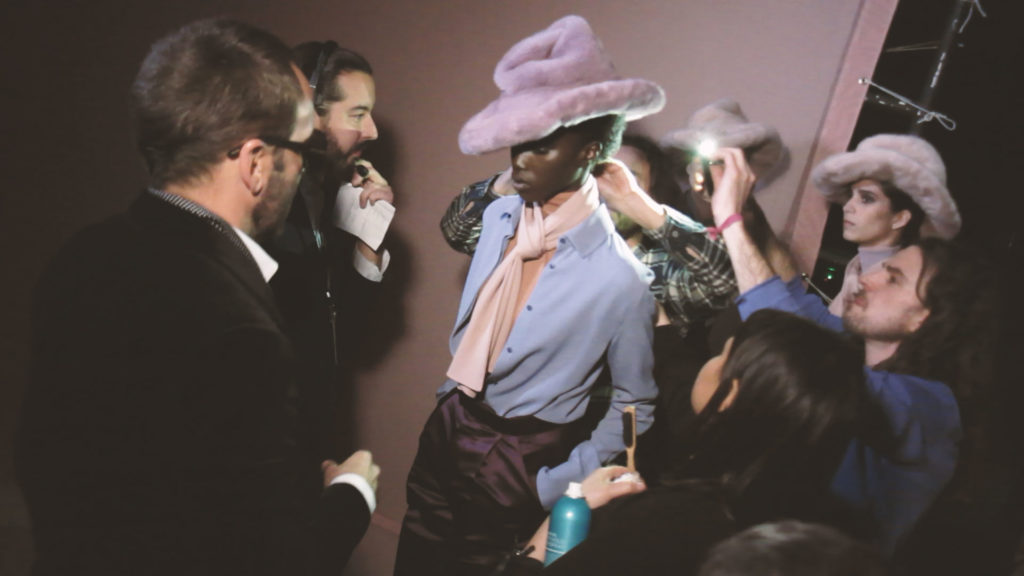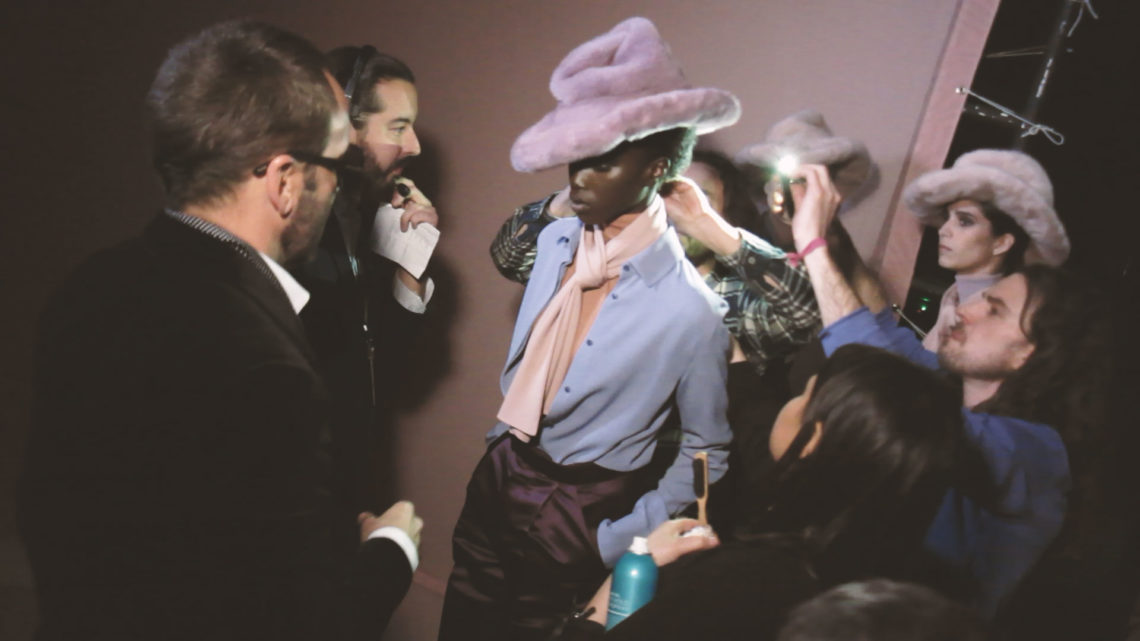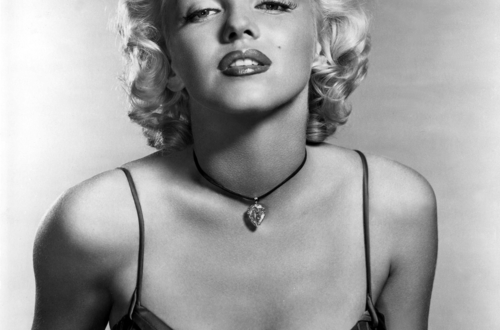In the last months, since the unexpected appointment of Givenchy’s Riccardo Tisci as Burberry’s new Artistic Director, the latter often found itself in the media spotlight. Ironically, shortly after the international scandal revolving around the news that Burberry would rather burn unsold pieces than mark them down, all in hopes of not risking brand devaluation, the company received considerable backlash on the execution of not only the operational side but also the artistic one.
Burberry, whose brand assets (hence, the infamous Burberry check) are among the most recognized in the fashion world, has found itself in a strange position of not having a clear and consistent brand identity and ending up diluting it even more with each campaign (last promo was famously shot by six different photographers).
Meanwhile, in the course of the last couple of years, many brands seem to pursue a certain level of satisfy-them-all attitude as well and have opted for uniform sans-serif fonts to represent their renewed logos in a quasi-collective movement which The Business of Fashion attributed to the general modernization of companies’ values and the necessity to disassociate it with the previous brand experience, apparently attached to non-inclusive philosophies, and, in a way, semi-erase decades of hard marketing work.
Brand value should not be underestimated – it is argued that the reason behind the hefty price of $ 2 billion for Versace deal lies precisely in brand’s value and consistency of its identity. Otherwise, it seems like a high bid to make on a company that deeply in debt.

Enter: Tom Ford. Rumors that Mr. Tom Ford will become the chairman of the Council of Fashion Designers of America (CFDA) began circulating in the beginning of the month and were finally confirmed last week, to pretty much everyone’s acclamation.
Tom Ford is a very particular persona, and that persona is, quite obviously, inseparable from his brand. Everything he touches turns to gold – or Oscar nominations (for cinematography debuts!), his semi-noir styles celebrate a hyper-sexual, gender-wise distinct imagery. Even though the Texas-born designer had to tone down on controversy in the recent #MeToo reality, he is always true to himself, with his latest fall-winter collection receiving a very positive feedback and touched on the feeling of 1990s chic nostalgia for its sensual, curve-hugging designs and use of lustrous silks.
Tom Ford, just like Versace (at least to Michael Kors) is worth $ 2 billion, his clothing business accounting for almost half of the fortune.
According to 2018 Interbrand report, Louis Vuitton and Gucci are among the world’s most valuable brands at 18th and 39th spots respectively, and Gucci was among top five fastest growing in Brand Value among all the companies studied.
Louis Vuitton has spent over a decade under the management of Marc Jacobs (another consistent American designer) and hasn’t gone too astray with the creative direction of Nicolas Ghesquière. To this day, it is a strong performing brand that, unlike Burberry, has managed to find a balance between it’s distinctive and easily-knocked off LV monogram and a luxurious proposition.
Now Gucci. It seems a bit more complicated – a brand that is always different but is always kind of the same – and always doing pretty good. In fact, it’s no secret that Gucci is doing so great that the slightest slowdown in its double-digit growth becomes an important enough issue for the company CEO to cascade down a pacifying communication to keep the employees from being too discouraged. So, Gucci’s recipe for mind-blowing success? Keep the top-selling leather accessories classy (well, more or less), don’t mess too much with the brand heritage (like Hedi Slimane did with Celine), make the actual clothes flashy and creative, and don’t take the brand too seriously. This includes the logo, which, under Alessandro Michele’s direction not only avoided engaging in the sans-serif challenge, but stopped taking itself too seriously altogether, resulting in booming sales of ‘Guccy’ tees.
To conclude, even though fashion industry itself implies – but actually relies heavily – on analyzing and adopting trends, it is important that brands don’t lose themselves to present day necessities and keep having a personal, intimate relationship with their very customer instead of trying to please a faceless majority by confiding in unnecessary games with branding and communication.
by Naira Khananushyan






